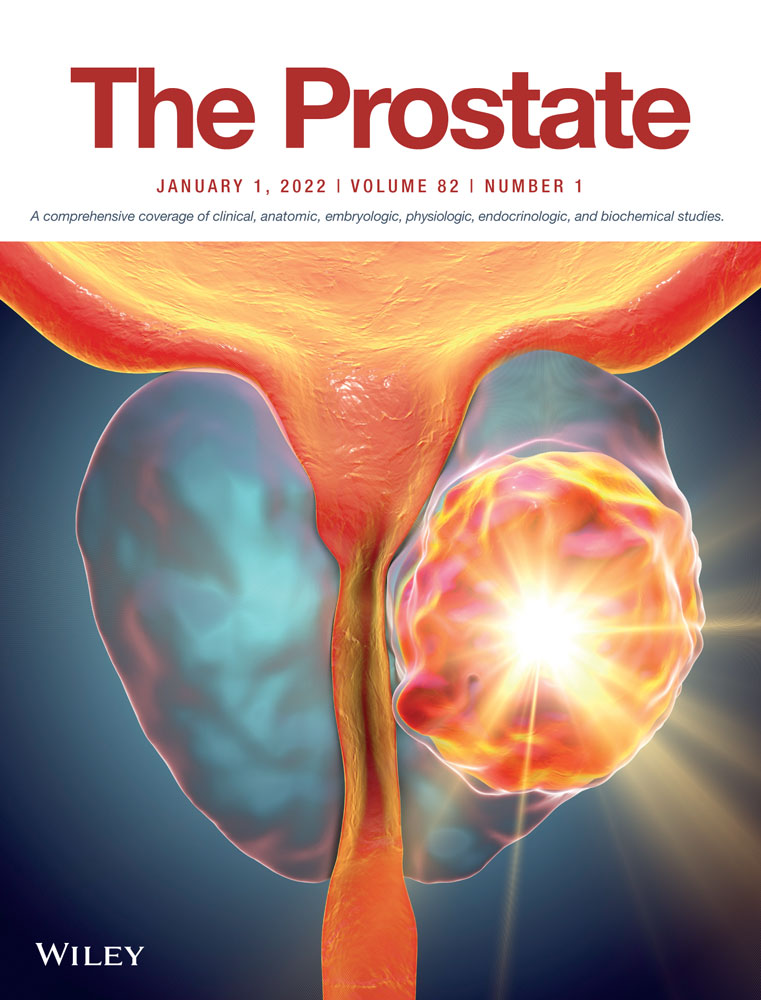Endothelial dysfunction after androgen deprivation therapy and the possible underlying mechanisms
Abstract
Introduction
Androgen deprivation therapy (ADT) is a key treatment modality in the management of prostate cancer (PCa), especially for patients with metastatic disease. Increasing evidences suggest that patients who received ADT have increased incidence of diabetes, myocardial infarction, stroke, and even mortality. It is important to understand the pathophysiological mechanisms on how ADT increases cardiovascular risk and induces cardiovascular events, which would provide important information for potential implementation of preventive measures.
Methods
Twenty-six 12-week-old male SD rats were divided into four groups for different types of ADTs including: the bilateral orchidectomy group (Orx), LHRH agonist group (leuprolide), LHRH antagonist group (degarelix), and control group. After treated with drug or adjuvant injection every 3 weeks for 24 weeks, all rats were sacrificed and total blood were collected. Aorta, renal arteries, and kidney were preserved for functional assay, immunohistochemistry, western blot, and quantitative reverse-transcription polymerase chain reaction.
Results
In vascular reactivity assays, aorta, intrarenal, and coronary arteries of all three ADT groups showed endothelial dysfunction. AT1R and related molecules at protein and messenger RNA (mRNA) level were tested, and AT1R pathway was shown to be activated and played a role in endothelial dysfunction. Both ACE and AT1R mRNA levels were doubled in the aorta in the leuprolide group while Orx and degarelix groups showed upregulation of AT1R in the kidney tissues. By immunohistochemistry, our result showed higher expression of AT1R in the intrarenal arteries of leuprolide and degarelix groups. The role of reactive oxygen species in endothelial dysfunction was confirmed by DHE fluorescence, nitrotyrosine overexpression, and upregulation of NOX2 in the different ADT treatment groups.
Conclusion
ADT causes endothelial dysfunction in male rats. GnRH receptor agonist compared to GnRH receptor antagonist, showed more impairment of endothelial function in the aorta and intrarenal arteries. Such change might be associated with upregulation and activation of AngII-AT1R-NOX2 induced oxidative stress in the vasculature. These results help to explain the different cardiovascular risks and outcomes related to different modalities of ADT treatment.
Open Research
DATA AVAILABILITY STATEMENT
The data that support the findings of this study are available from the corresponding author upon reasonable request.




